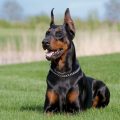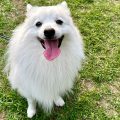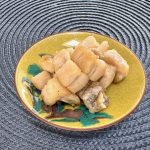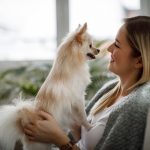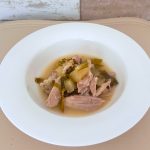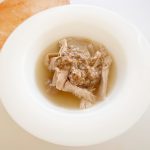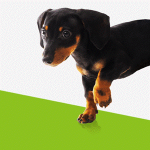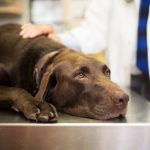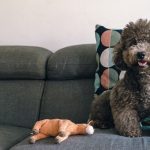
Many people probably think of the Shiba Inu when they think of Japanese dogs. With its triangular standing ears, curly tail, and loyal nature to its owner, Shiba is one of the most popular dog breeds in the world. On the other hand, there are some points to keep in mind for Shiba-owners. In this article, the following is an introduction to the Shiba’s personality, characteristics, and how to adopt a Shiba.
History of the Shiba
In the past, Shibas were used as hunting dogs for small animals and birds. Between 1868 and 1912, foreign hounds such as Pointers and Setters were imported into Japan, and they were commonly crossbred with Shibas. As a result, the number of pure Shibas reduced drastically and they were rarely seen anymore. In 1936, the Shiba was classified as a Natural Monument of Japan, and as we know, Shibas are kept all over the world today.
Temperament
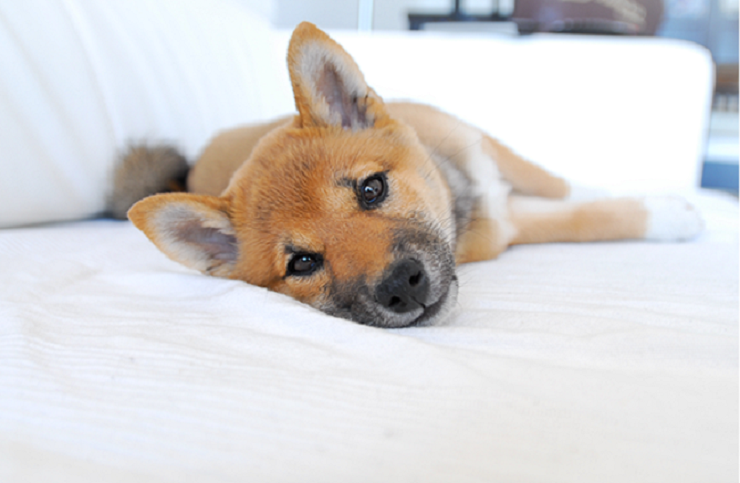
Loyal to its owner
Shiba is loyal to their family members. While they are tolerant of people once they are in their territory, they tend to be nervous about strangers and environmental changes. It is best to acclimate them to people from their childhood when they are less cautious. Having positive experiences (eating treats, playing together) with people outside the family (children, elderly people, etc.) is often very effective.
Normally quiet
Not long ago in Japan, Many Shibas were kept outside the house as guard dogs, and their territorial defense instincts led to a lot of ‘warning barking’. Nowadays however, as more Shibas are kept indoors, barking problem are decreasing.
Although, unneutered male pups are easily agitated and tend to bark. They can bark at passersby outside the house because they recognize the area visible from the window as their territory. It is a best practice to close curtains or otherwise make an environment in which they do not have to be alarmed.
Appearances
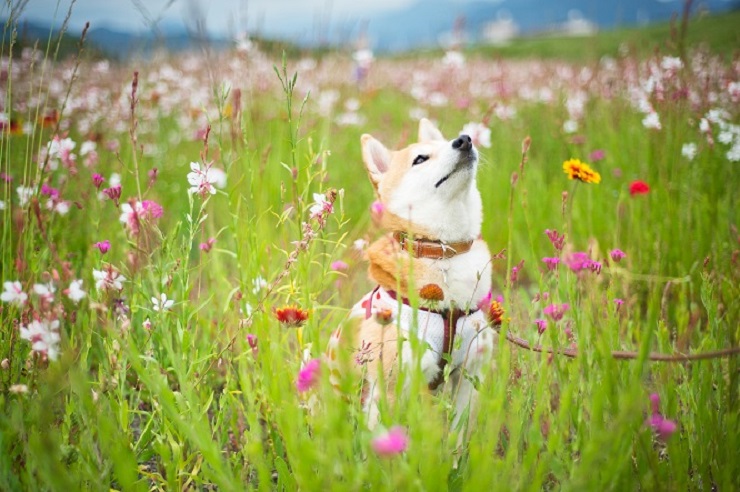
“Fox face (Jomon Shiba)” and “raccoon face (Shin Shiba)
Did you know that there are different types of Shiba? Shiba have a long history and has been kept in various areas of Honshu, where Shiba have been kept for hunting and as a guard dog. The appearance of the Shiba differs depending on the region, and among them, there are differences in facial features such as the “fox face (Jomon Shiba)” and the “raccoon face (Shin Shiba)”.
In general, the “fox face” Shiba has a shallow, broad, flat forehead with a thin body. On the other hand, the standard “raccoon face” Shiba has a ‘deep stop’ (deep set brow between forehead and snout) with a slightly rectangular body.
Coat
Shiba has a double coat with a soft undercoat and a hard overcoat. Although the typical color of coat is red and white towards its belly, there are also several colors such as sesame, black sesame, red sesame, black and tan, white, and light red.
Differences from the Mame Shiba
Recently, there is a smaller Shiba Inu called Mame Shiba, but it is listed as Shiba Inu in pedigree. Since it is just a crossbreed between small Shiba Inu, there are no basic differences in terms of its temperament.
How to pick a Shiba as a member of your family
Pet shop
Shibas, which rank high in popularity, are available at many pet stores. They come in a variety of colors, including red, black, white, and sesame, so you are sure to find a puppy to suit your tastes. However, it is difficult to know what kind of parents the puppies come from in a pet store. It is necessary to have information about the dog’s parents regarding their personalities and temperaments.
Breeder
Since breeders raise and breed parent dogs, they have a good understanding of their parent dogs’ temperaments. If you can see the parent dogs, it is recommended to pay attention to their size and temperaments. Eventually, see the puppies directly and find one which fits you. The timing for breeding is usually once a year, twice at most. There are times when there are no puppies even if you want to pick one. There are popular breeders who have a waiting list for reservations, so it is better to confirm in advance.
Adopting from a shelter
If you are interested in adopting a Shiba, which is no longer kept by their owners (abandoned) or has been rescued, there are things to keep in mind. Shibas are known to be highly aggressive among various dog breeds. They are also a breed that tends to be less friendly and affectionate toward strangers outside of their family. Because they are often nervous, it takes time for them to get used to new environments. It is strongly recommended for first-time dog owners to avoid adopting a Shiba.
There are Shibas which do not have such problems, but if you realize that you cannot keep them after the adoption, it is good for neither of you nor the dog.
How much does it cost to pick a Shiba?
The average cost of a Shiba puppy is about 200,000 to 300,000 yen at a pet shop, and about 150,000 to 300,000 yen at a breeder. Prices vary depending on shops and breeders.
Annual cost
According to a survey by Anicom Sompo, a medium-sized dog like a Shiba costs about 300,000 yen per year. In case of illness or injury, medical expenses will also be incurred. As an owner, you should also be prepared for the financial impact.
Life expectancy
According to Anicom’s “White Paper on Household Animals 2022,” the average life expectancy of a Shiba is 14.8 years. This is a little longer than the average medium-sized dog, which is 13.4 years.
Diseases to which Shibas are prone
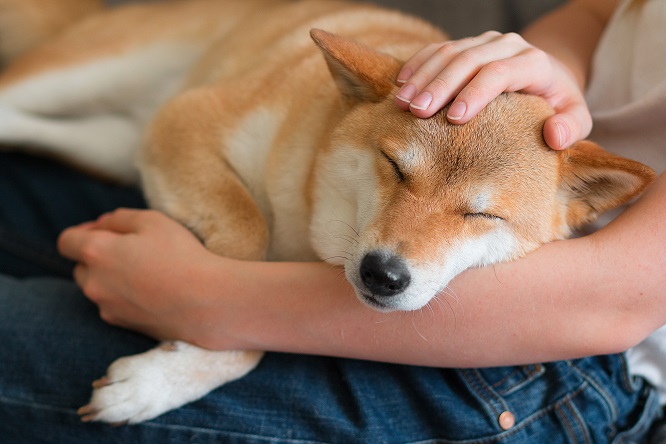
The following is the diseases to which Shibas are prone.
Allergic contact dermatitis
Allergic contact dermatitis is a form of dermatitis that occurs when the body’s immune system overreacts to allergens, which cause allergic symptoms. Allergens include fleas, house dust, pollen, and food. Animals often scratch their bodies, and there are many causes for this.
Daily observation by the owner leads to early detection. By accurately informing the veterinarian of when and in which environment a Shiba looks itchy, and their diet, they can provide a proper treatment.
Atopic Dermatitis
Atopic dermatitis is a type of allergic dermatitis that occurs when the body’s immune system overreacts to the presence of allergens in the environment. The skin barrier is weaker than healthy dogs, and allergens can easily enter the body.
The main symptom is itchy skin. It often appears around the ears, armpits, groin, toes, mouth and eyes. They will frequently lick and even chew their bodies. As the disease progresses, redness, hair loss, and small rashes may appear on their skin, and secondary bacterial infections may worsen the conditions.
The main treatment is to control their itching. Allergens in the environment that cause the onset of the disease are removed by cleaning and overall improvement of environment, and medications such as antihistamines, corticosteroids, immunosuppressive agents, interferon, and supplements such as unsaturated fatty acids are administered. In addition, skin care such as shampoo therapy and the application of moisturizers are also used. These treatments may be used alone or in combination, depending on the symptoms.
Pyoderma
Pyoderma is a pyogenic lesion of the skin caused by a bacterial infection. Symptoms develop when bacteria multiply in the skin, triggered by a breakdown of the skin’s barrier mechanism or a weakened immune system. The main treatment for pyoderma is the administration of antibiotics (topical and internal). Depending on the severity of symptoms, shampoo therapy in combination with medication or shampoo therapy alone may be used for maintenance.
Outer ear infection
Inflammation of the skin of the outer ear is called otitis externa. It is a common disease in dogs and can become chronic if treatment is delayed. Itching or pain in the ear may cause the dog to shake or tilt its head or scratch its ears with its hind legs. Other symptoms include redness, swelling, foul odor, and increased ear wax. It is also important to observe the ears frequently on a daily basis. Check the amount and color of earwax and the odor of the ears, and if any abnormality is found, visit your veterinarian as soon as possible.
Medial patellar luxation
Patellar luxation is a condition in which the patella (the kneecap) in the dog’s hind leg is displaced inward or outward from its normal position. Patellar prolapse to the inside (medial dislocation) is more common in small dogs.
Weight control is important for dogs with patellar luxation to prevent the progression of the condition. Be sure to manage their weight frequently daily to avoid obesity. It is also important to take precautions in daily life, such as avoiding slippery flooring, cutting the hair on the soles of the feet short, and avoiding jumping and excessive exercise.
Glaucoma
Water called aqueous humor flows through the eye and exits the eye through an outlet called the corner angle. This is a disease in which this outlet becomes blocked and too much aqueous humor accumulates in the eye, causing the pressure inside the eye (intraocular pressure) to rise. The high intraocular pressure causes discomfort and pain in the eye and damages the optic nerve in the back of the eye, resulting in loss of vision and even blindness in some cases.
Dogs with glaucoma may show symptoms such as reluctance to be touched around the face because of eye pain, excessive tearing, and redness in the white part of the eye as if a defect is floating in the white part. It is important to treat early to avoid loss of vision. If you notice any eye abnormality, have it checked out at a veterinary clinic as soon as possible.
Enjoy your life with a Shiba!
Many people are attracted by the various charms not found in other breeds and after owning a Shiba, they think “It’s only Shiba Inu for me now!” Please learn about the Shiba’s roots and behavioral characteristics, and enjoy your life with a Shiba Inu!


